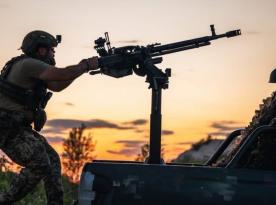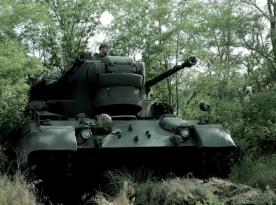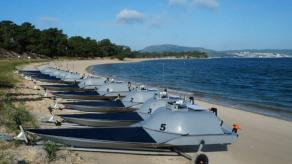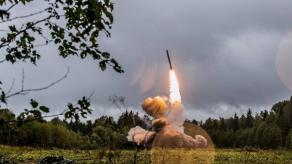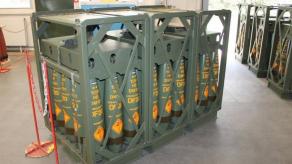Ever since Ukrainian Magura sea drones shot down two russian Su-30 fighters the other day, many new details have transpired, including that the unmanned boats were using American AIM-9 Sidewinder missiles.
One question that persists is why russians sent Su-30s when they have specialized Be-12 maritime patrol aircraft or Ka-29 naval helicopters more suitable for such operations as intercepting unmanned boats. This blunder has cost russian forces two valuable combat assets that shouldn't have been there in the first place, and Ukrainians could also learn from it.
Read more: The Missile Used By Ukrainian Magura Drone For Historic Su-30 Downing Was the AIM-9 Sidewinder
World first: On May 2, 2025, the @DI_Ukraine special operations unit, in coordination with the Security Service of Ukraine and Defence Forces of Ukraine, eliminated a russian Su-30 fighter jet in the Black Sea. https://t.co/DXhg74AKcg pic.twitter.com/Z4fP5CFRb8 — Defence Intelligence of Ukraine (@DI_Ukraine) May 3, 2025
First, let's specify that deploying Su-30s against Ukrainian sea drones isn't uncharacteristic of the russians. The mentioned Be-12 turboprop patrol planes and Ka-29 helicopters, along with other aircraft, were also seen engaged for these kinds of missions since at least December 2023.
Despite the scarcity of Ka-29 helicopters and the old age of Be-12 airplanes, the russian Navy apparently considered any asset useful when it came to countering Ukraine's USVs — which by that time had deterred russian ships from approaching any closer than 200 nautical miles to the Ukrainian-controlled coast.
Moreover, losing a Be-12 or a Ka-29 was incomparable to sacrificing a Su-30, so these aircraft were usually tasked with monitoring the situation and reacting to threats.

However, russians almost completely stopped deploying helicopters and turboprop-powered patrol aircraft on drone hunting missions around December 2024, when Magura V5 made history by shooting down a russian Mi-8 chopper using an R-73 missile.
This episode scared russians who started to only rely on fast and maneuverable Su-30 jets to intercept and destroy surface drones, now armed for self-protection. For comparison, Su-30's maximum speed in low flight is 1,350 km/h, while Ka-29 can travel at 280 km/h, and Be-12 patrols at 320 km/h.
The method of taking down Ukrainian USV, however, remained archaic: firing from the onboard 30mm autocannon and dropping free-falling bombs after approaching the target at a distance of visual contact.
Defense Express highlights that it was this obsolete format of operations that cost the russians two Su-30s. From now on, the russian Armed Forces will likely start looking for new ways to counter sea drones with precision strikes from beyond the line of sight.
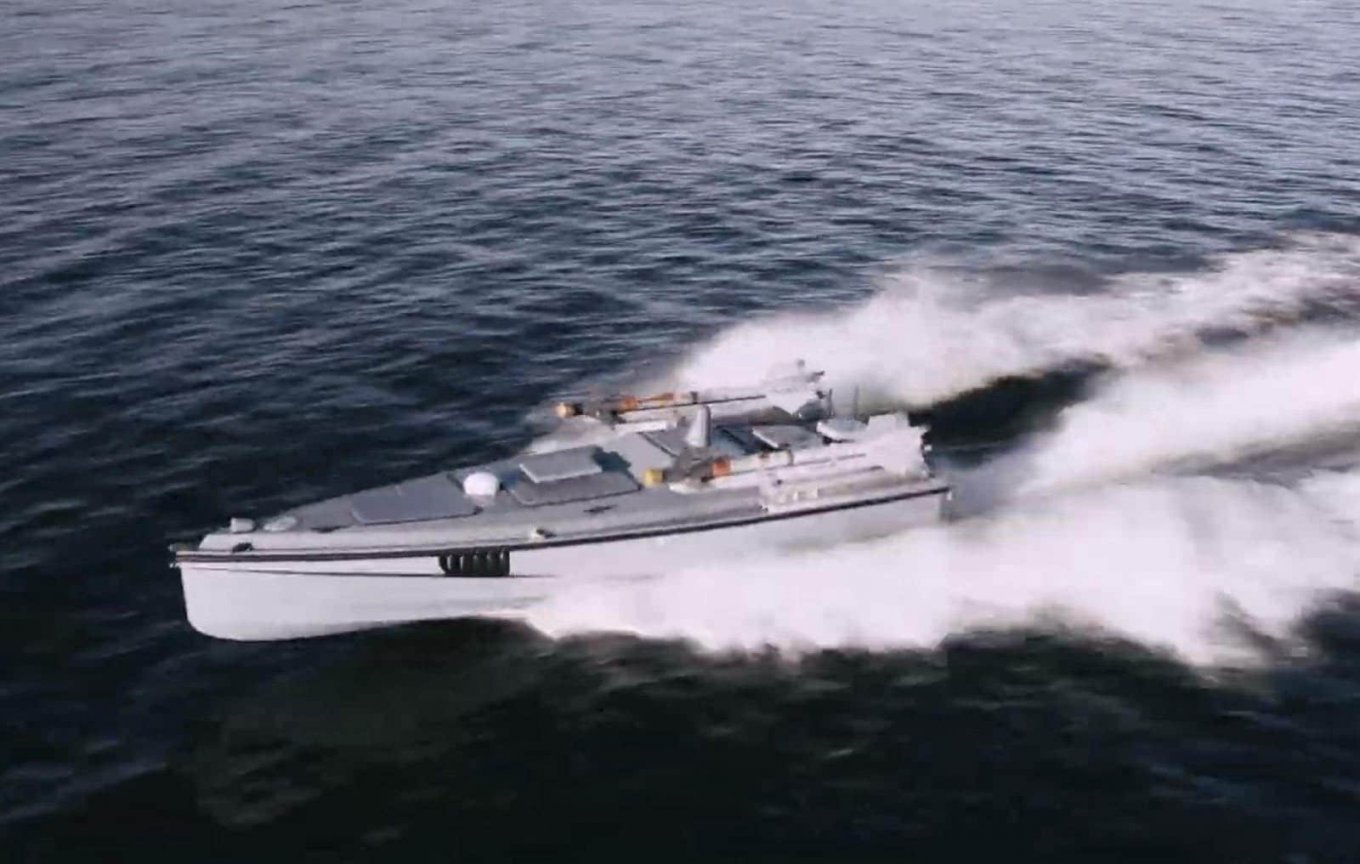
That said, there are at least two important conclusions to be drawn from Ukraine's newfound success.
1. The advent and success of anti-aircraft sea drones armed with missiles make it problematic for the adversary to use even fast jet aircraft for line-of-sight strikes on maritime threats. Therefore, arms manufacturers worldwide may soon focus on creating guided air-launched weapons capable of homing on and eliminating surface drones as small targets with bodies only a few meters long.
2. This precedent could mark a starting point for attempts to integrate longer-range anti-aircraft missiles into sea drones. Especially considering that the enemy drone hunters will try to break the distance needed to launch their attacks safely.
Read more: How russia is Hunting Ukrainian Sea Drones With Be‑12 Search Aircraft and Ka‑29 Helicopters, And What it Means





